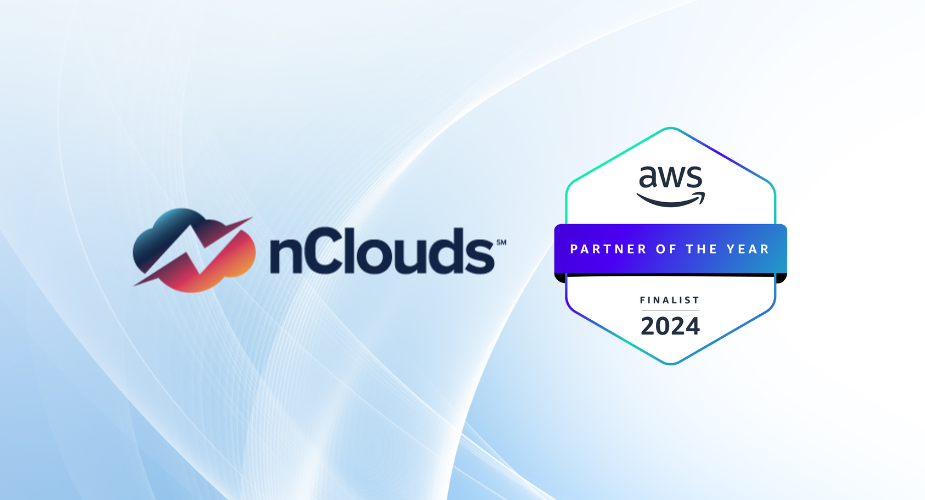The journey to the cloud is an opportunity to transform and position your business for sustained success in the digital age. One study found that organizations that migrated to Amazon Web Services (AWS) from on-premises infrastructures achieved the following:
- 69% decrease in unplanned downtime
- 43% lower time to market for new features
- 29% increase in staff focus on innovation
- 20% cost savings on technology infrastructure
With these benefits in mind, some may pause when considering the cost of a complete migration. In this blog, we’ll delve deeper into why migrating to the cloud with a keen focus on cost management is not just a wise choice but also a necessity.
Cost Benefits of Migrating to the Cloud
By moving to the cloud, you eliminate the need for on-premises infrastructure, which includes expenses like purchasing and maintaining servers, data centers, and associated hardware. You also reduce the costs of managing, securing, and upgrading these resources. This can lead to immediate cost reductions—research suggests organizations using AWS Cloud instead of on-premises data centers cut their yearly IT expenditures by 25 percent.
Cloud migration also allows your IT staff to shift their focus from managing infrastructure to more strategic tasks. As a result, you can realize cost savings through improved operational efficiency and increased staff productivity.
In addition to its pay-as-you-go pricing model, AWS also offers a range of automation tools to ensure that customers do not overspend. For example, solutions like Amazon Simple Storage Service (S3) Intelligent-Tiering automate data lifecycle management, saving customers substantial amounts in storage costs. This solution alone has saved customers $750 million in storage costs since 2018.
Foundational Questions for Cloud Migration
Before embarking on a cloud migration journey for cost optimization, businesses should engage in a thorough self-assessment to ensure alignment with their goals. These foundational questions serve as a roadmap for evaluating the potential business value of migration:
- Innovation and Speed to Market: Beyond operational concerns, assess if on-premises infrastructure is a roadblock to delivering superior customer experiences, developing new products, and maintaining a competitive edge.
- Cost Savings and Productivity: Evaluate the potential for time and cost savings through the cloud’s fully managed offerings, liberating resources currently dedicated to managing hardware, software, and security.
- Infrastructure and Business Systems: Scrutinize the current infrastructure’s ability to meet performance and scalability requirements. Ensure that legacy systems are seamlessly integrated with modern counterparts for optimal customer experiences.
- Skill Gaps and Modernization: Assess the internal team’s readiness and capabilities for a migration. Determine whether engaging with AWS experts or third-party vendors is necessary for a smooth transition and to bridge any skill gaps.
Related: Simplifying AWS Cloud Migration: 3 Phases for Success in the Cloud
Managing Cost and Usage during Migrations
For many businesses, a significant portion of resources is committed to supporting existing workloads, often referred to as technical debt. The AWS Migration Acceleration Program (MAP) is a crucial ally in this scenario, offering an approach to accelerate migration, reduce risk, and offset migration costs.
To fully realize the benefits, organizations must undergo a paradigm shift in their financial management strategies. Transitioning from a fixed-cost model to a pay-per-consumption approach is not just a financial decision but a strategic imperative. Outdated financial management practices can become a roadblock, hindering digital business transformation.
Defining a Cloud Migration Plan
To take full advantage of the benefits of the cloud, including decreased costs and increased business agility, organizations must define and execute a migration plan aligned with their current capabilities and workload requirements. This plan should be iterative, understanding that cloud migration is a journey, not a one-time event.
- Workload Assessment: Conduct a comprehensive assessment of workloads to determine their suitability for the cloud. This involves understanding dependencies, performance requirements, and potential areas for optimization.
- Optimizing Variable Costs: Cloud providers like AWS offer a pay-as-you-go pricing model. Optimizing for variable costs allows businesses to scale resources based on actual usage, reducing unnecessary expenses.
- Leveraging Cloud Services: Explore and leverage fully managed cloud services that can replace or enhance existing on-premises resources. This not only streamlines operations but also contributes to cost savings.
With careful planning, a focus on cost management, and leveraging available programs and expertise, organizations can not only mitigate potential financial concerns but also reap the many benefits that cloud migration offers. Embracing the cloud is not just a technological shift: It’s a strategic move toward a more agile, innovative, and competitive future.
nClouds can Help
Partnering with an AWS consulting partner like nClouds can provide ongoing support and help fill that skills gap. Migrating to AWS with nClouds offers several benefits, including expertise, cost-effectiveness, scalability, security, and ongoing support.
If you’re considering a move to AWS, partnering with nClouds can help ensure a successful migration and a smooth transition to the cloud. Contact us to get a free Fast Path for Migration Readiness by nClouds.


